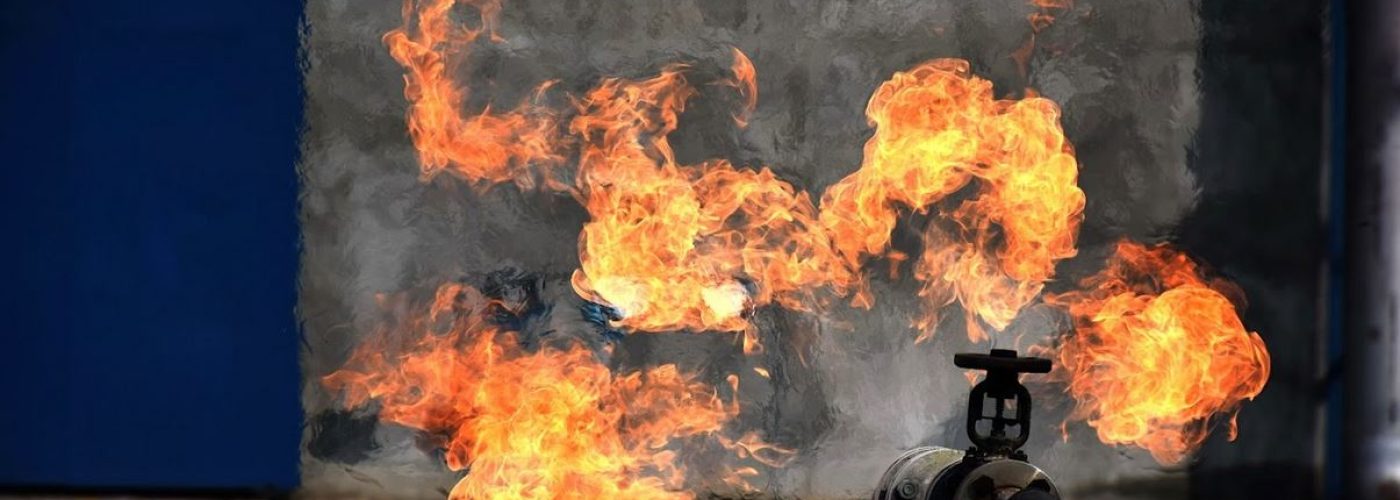The gas serves an important purpose in households and even in commercial establishments. It’ll enable you to utilize several appliances in your home, such as the furnace and cooker. However, unmanaged gas is hazardous with exposure to the atmosphere. This exposure happens due to leaks through gas pipes. You must take note of these leaks and have experts look into them and perform repairs. Leaks could lead to explosions should someone unconsciously light a matchbox or start a fire. How will you know there’s a gas leak?
This article highlights the tell-tale signs of gas leaks on your property; read on and look out for these signs:
- Odor
Like any other gas, all gases in your home are colourless and have no smell. Due to the dangerous nature of natural gas and propane in your home, manufacturers have developed ways to help you identify a gas leak by smell. They add a sulphurous substance known as methyl mercaptan. This substance gives the gas a Sulphur or rotten egg smell.
Therefore, should you encounter this smell in your home, seek emergency gas repairs services. As you wait for their arrival, leave your home for safety.
- Hissing Sound
In general, a hissing sound is a sign of leakage. You’ll experience a hissing sound if you blow air into a pipe or straw with an opening. A gas leak also presents itself by hissing as it flows through your gas pipes.
The hissing sound originates from the speed at which gas is flowing. If the sound is loud, it’s a possible sign of an extensive leak. Whether loud or mild, you need to be wary and call in the experts for an inspection.
- Dying Plants
Plants require oxygen and water to grow. They’ll start deteriorating, dry up, and eventually die without these. How will your plants show you there’s a gas leak? If your plants suddenly start dying, yet you’ve done your part in taking care of them.
To rule out other causes, look out for patterns. For gas leak causes, you’re likely to see only a given area experiencing drying up, with the surrounding areas having healthy plants.
Dying plants in a given area show there’s an underground gas leak. The gas absorbs any oxygen and moisture from the soil. It causes the drying up of the plants. Another tell-tale sign is if the plants turn yellow or rusty brown.
It’s good to note that you can also use your indoor plants to detect gas leaks. Here, you’ll also experience the sudden death of your potted plants for no reason. Most will wither and turn brown.
- Bubble Formation
There are situations when you can’t identify any tell-tale signs of a gas leak in your home. Therefore, you can perform certain tests regularly to check the condition of your gas pipes. One of the common tests used for gas leaks is the bubble test.
Start by making a mild soap solution; dishwashing soap is preferred. Take a sponge, dip it in your solution, and wipe your gas pipes’ surfaces. After doing this, watch out for any bubbles that’ll form. Bubbles are an indication of a gas leak. Once you note this, take the necessary precautions like leaving your home and calling in experts.
- Dry Patches On The Ground
Dry patches on the ground can help you identify gas leaks if you live in an area prone to rain. In such an area, the ground is always wet most of the time. Therefore, if you start observing dry patches on normally wet ground, consider performing an inspection on your underground gas pipes.
As previously stated, gas will absorb moisture from its surroundings. For this reason, you’ll witness the dry patches.
- Health Complications
Natural gas isn’t only harmful to plants; it’s also harmful to human beings and animals. Therefore, excessive exposure to natural gas in your home can lead to certain health complications.
One tell-tale sign is frequent headaches and dizziness. As previously stated, gas tends to absorb any oxygen in an area. It’ll do the same in your space, which causes headaches and dizziness. How do you distinguish between gas leaks and normal health issues? It’s simple: if you leave your home and the headache and dizziness stop, it shows your home is the issue.
Besides dizziness, the gas is also likely to affect your skin. Prolonged exposure to harmful gases can cause you to develop pimples, which might become blisters with time.
- Discoloured flames
Your home’s gas furnace relies on natural gas to heat your home. When functioning normally, your furnace ignites with a luminous blue flame.
Your furnace will burn with a yellow non-luminous flame if there’s a gas leak. Since this is hardly noticeable without being keen, observe your furnace as you utilize it regularly.
Conclusion
The content above has discussed ways to identify gas leaks on your property. And with the sensitivity of gas leaks, consider adopting the tips to keep your property safe. As good practice, it’s best to perform gas pipe inspections every six months, whether or not there are signs of gas leaks. Also, refrain from handling any gas leaks independently. Please leave the work to the experts for safety reasons.







